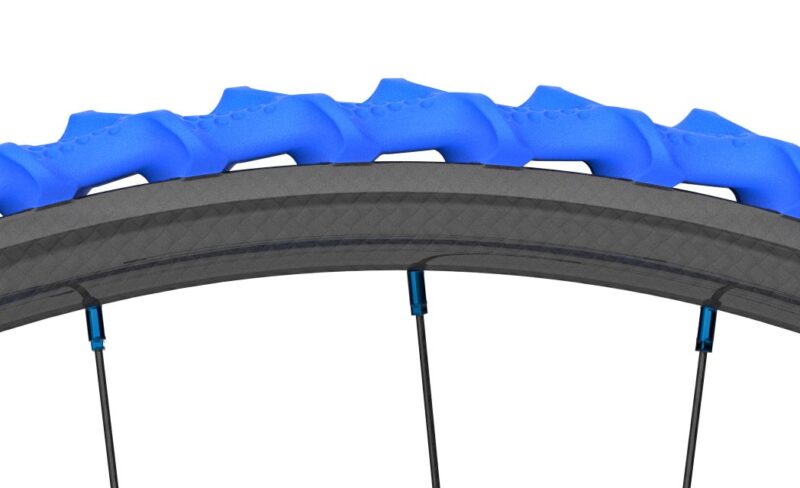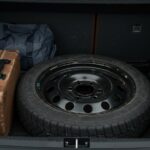If you’re a cyclist, you’ve probably dealt with flat tires at the worst possible moments. It’s frustrating, and you might wonder if there’s a better way to protect your tires. That’s where bike tire liners come in. These liners are marketed as a simple fix to prevent flats by adding an extra layer of protection.
But do they actually work, and are they worth the hassle and cost?
Let’s break down whether bike tire liners live up to the hype or if there are better alternatives out there.
How Bike Tire Liners Work?
Bike tire liners are thin strips of tough material, such as Kevlar or polyurethane, placed between the inner tube and the tire. Their purpose is to stop sharp objects from puncturing the inner tube, which can result in a flat tire.
The liner creates a barrier that absorbs the impact of debris like glass or thorns, preventing them from reaching the tube. The added layer provides a simple but effective method for reducing the number of flats during rides.
Also, find out if bike shops are assembling bikes.
Installation Process
- Remove the tire from the rim.
- Place the liner between the tire and tube.
- Re-mount the tire, ensuring no wrinkles in the liner.
- Inflate the tire as recommended.
Benefits of Using Tire Liners
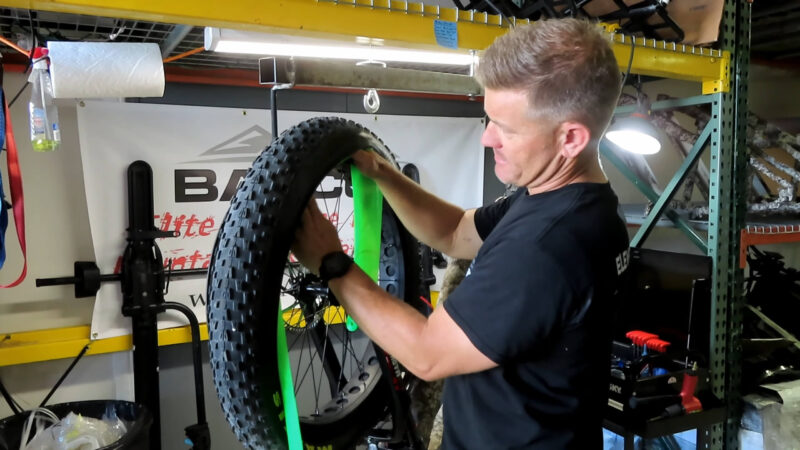
Bike tire liners provide a solid defense against flat tires.
Key Benefits
- Flat Tire Prevention: Tire liners help block small debris like thorns, glass, and nails from puncturing your inner tube.
- Affordable Protection: Compared to other solutions like puncture-resistant tires, tire liners are cost-effective, usually priced between $15 and $25.
- Durability: Liners made from tough materials like Kevlar or polyurethane offer long-lasting protection, ensuring fewer flats over time.
Who Benefits the Most?
- Urban Commuters: Riders who frequently travel in cities where debris is common.
- Off-Road Cyclists: Mountain bikers dealing with rough terrain, thorns, or sharp rocks.
Downsides of Tire Liners
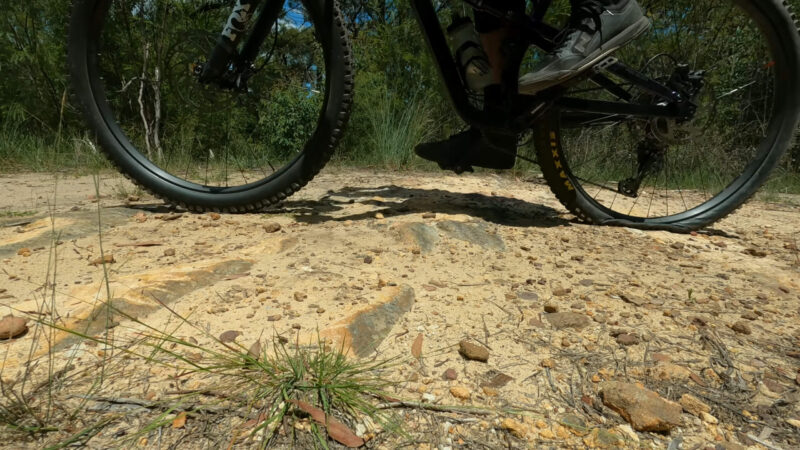
While tire liners offer some solid protection, there are a few downsides to keep in mind.
- Added Weight: Tire liners add extra weight to your bike. This might not be noticeable for casual riders but could slow down those looking for maximum speed.
- Rolling Resistance: The added layer can slightly increase rolling resistance, meaning you may need to exert more effort to maintain your usual pace.
- Installation Difficulty: Installing tire liners can be tricky, especially for those who haven’t done it before. Incorrect installation can lead to issues like pinched tubes or improper alignment.
- Limited Protection: While liners help with small debris, they can’t stop every puncture. Larger objects, such as nails or sharp metal, may still penetrate through.
Compare Tire Liners with Other Puncture Protection Methods
Tire liners aren’t the only option available for preventing flats.
1. Puncture-Resistant Tires
- Advantages: These tires have an extra layer built into them, providing strong protection from debris without the need for a separate liner.
- Downsides: They are more expensive than tire liners and tend to add even more weight to your bike.
2. Tire Sealants
- Advantages: Sealants like Slime fill punctures as they happen, allowing you to continue riding without immediately fixing a flat.
- Downsides: Sealants can be messy and need to be replaced with every new tube.
3. Tubeless Tires
- Advantages: Tubeless tires offer a smooth ride with less rolling resistance. The sealant inside automatically fills punctures, providing continuous protection.
- Downsides: Tubeless tires are costly and require more maintenance, making them a more complex option for casual cyclists.
4. Non-Pneumatic (Solid) Tires
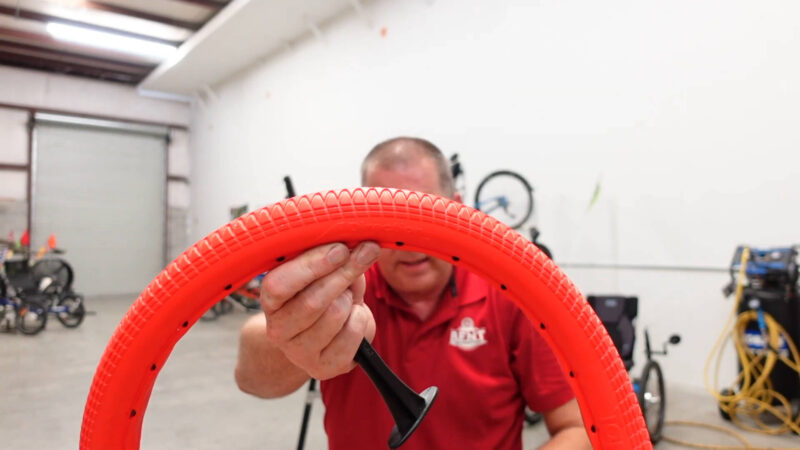
- Advantages: Solid tires eliminate the possibility of flats altogether since they don’t use air.
- Downsides: These tires are heavy and can provide a less comfortable ride compared to air-filled ones.
Types of Tire Liners
Tire liners come in various types, each offering different levels of protection and durability. Knowing the differences can help you choose the right one for your biking needs.
1. Polyurethane Liners
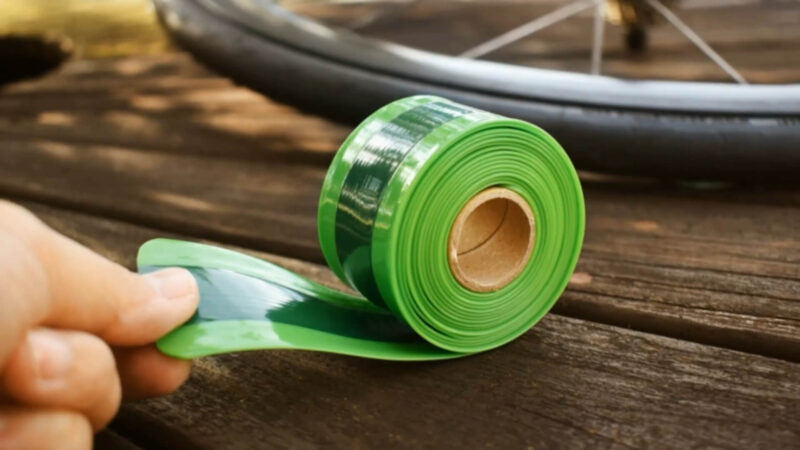
- Description: These are the most common tire liners. They’re lightweight and provide solid protection against small debris like thorns and glass.
- Best For: Casual riders and commuters who face moderate levels of debris.
- Drawback: They might not offer full protection against larger, more forceful punctures.
2. Kevlar Liners
- Description: Kevlar liners are much stronger and provide more robust protection than polyurethane. They are known for their durability and resistance to punctures, thanks to the same material used in bulletproof vests.
- Best For: Riders who encounter harsh terrains or areas with a high risk of punctures.
- Drawback: Kevlar liners are heavier, which can impact ride speed and handling.
3. Rim Liners
- Description: Rim liners protect the inner tube from sharp spoke nipples and prevent internal damage caused by the rim itself.
- Best For: Any bike with sensitive rims, especially older or more frequently used bikes.
- Drawback: They don’t provide protection from external punctures like other tire liners.
Are Tire Liners Right for You?
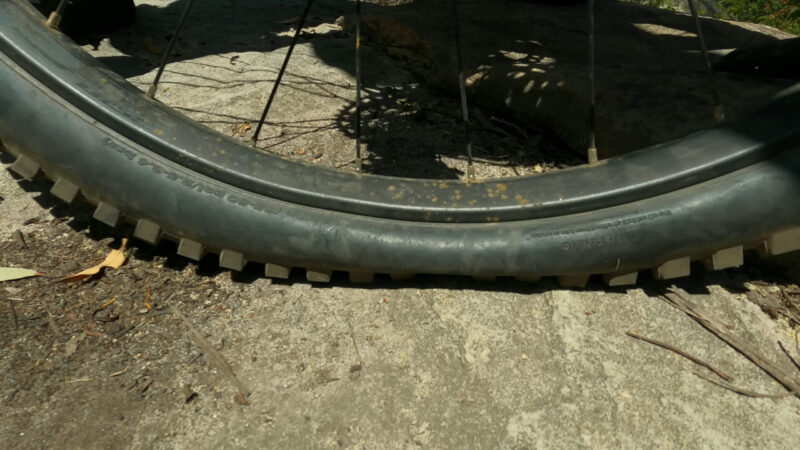
Deciding if tire liners are the right choice depends on your specific riding conditions and priorities.
Who Should Use Tire Liners
- Commuters: If you ride in urban areas with lots of debris, tire liners can save you from frequent flats.
- Off-Road Cyclists: Mountain bikers dealing with rough terrains and trails full of thorns or rocks benefit from the extra protection.
- Casual Riders: For those who bike occasionally but want peace of mind without spending too much on advanced solutions like tubeless tires.
Who Might Want to Skip Tire Liners
- Speed-Focused Cyclists: If speed and performance are top priorities, the added weight and rolling resistance might be a deal-breaker.
- Professional Riders: Competitive cyclists may prefer more advanced puncture protection systems, like tubeless tires, which offer better performance without compromising speed.
FAQs
What are tire liners made of?
Tire liners are typically made from durable materials such as Kevlar or polyurethane. These materials are chosen for their strength and ability to resist punctures, while remaining lightweight enough to avoid significantly impacting ride quality.
How much weight do tire liners add?
Tire liners usually add between 90-150 grams per tire. While this weight may not be noticeable for casual riders, cyclists focused on performance may find the extra weight impacts their speed and ride efficiency.
How long do tire liners last?
Tire liners are built to last for several years, depending on your riding conditions. If you’re frequently riding over rough terrain or in areas with a lot of debris, the lifespan of the liners may be shortened, but generally, they offer long-term protection.
Can tire liners prevent all punctures?
Tire liners are effective against most small debris, like glass and thorns, but they cannot guarantee protection against larger objects, such as nails or sharp metal. In such cases, you might still experience a puncture.
Do tire liners affect tire pressure?
Tire liners themselves don’t directly affect tire pressure, but they can slightly increase the amount of rolling resistance. However, they won’t cause air to escape or influence how often you need to check your tire’s inflation level.
Are tire liners hard to install?
Installing tire liners can be tricky, especially if it’s your first time. It involves removing the tire, positioning the liner properly between the tire and tube, and ensuring there are no wrinkles or overlaps. An improperly installed liner can cause more problems, like pinching the inner tube, so care is required during installation.
Can I use tire liners with tubeless tires?
No, tire liners are not compatible with tubeless tires. Tubeless systems rely on sealants to plug holes, so adding a liner would interfere with the tire’s performance and ability to seal punctures properly.
Last Words
In conclusion, bike tire liners can be an effective solution for preventing flat tires caused by debris like glass, thorns, or nails. They offer a cost-effective and durable method of protection, though they do come with some trade-offs, such as added weight and increased rolling resistance.
For casual riders, commuters, or those who frequently encounter rough terrain, tire liners are a practical option. However, for cyclists focused on speed and performance, other methods like tubeless tires or puncture-resistant tires might be a better choice.
